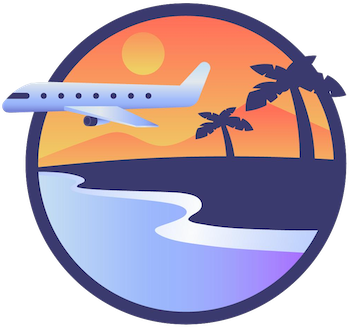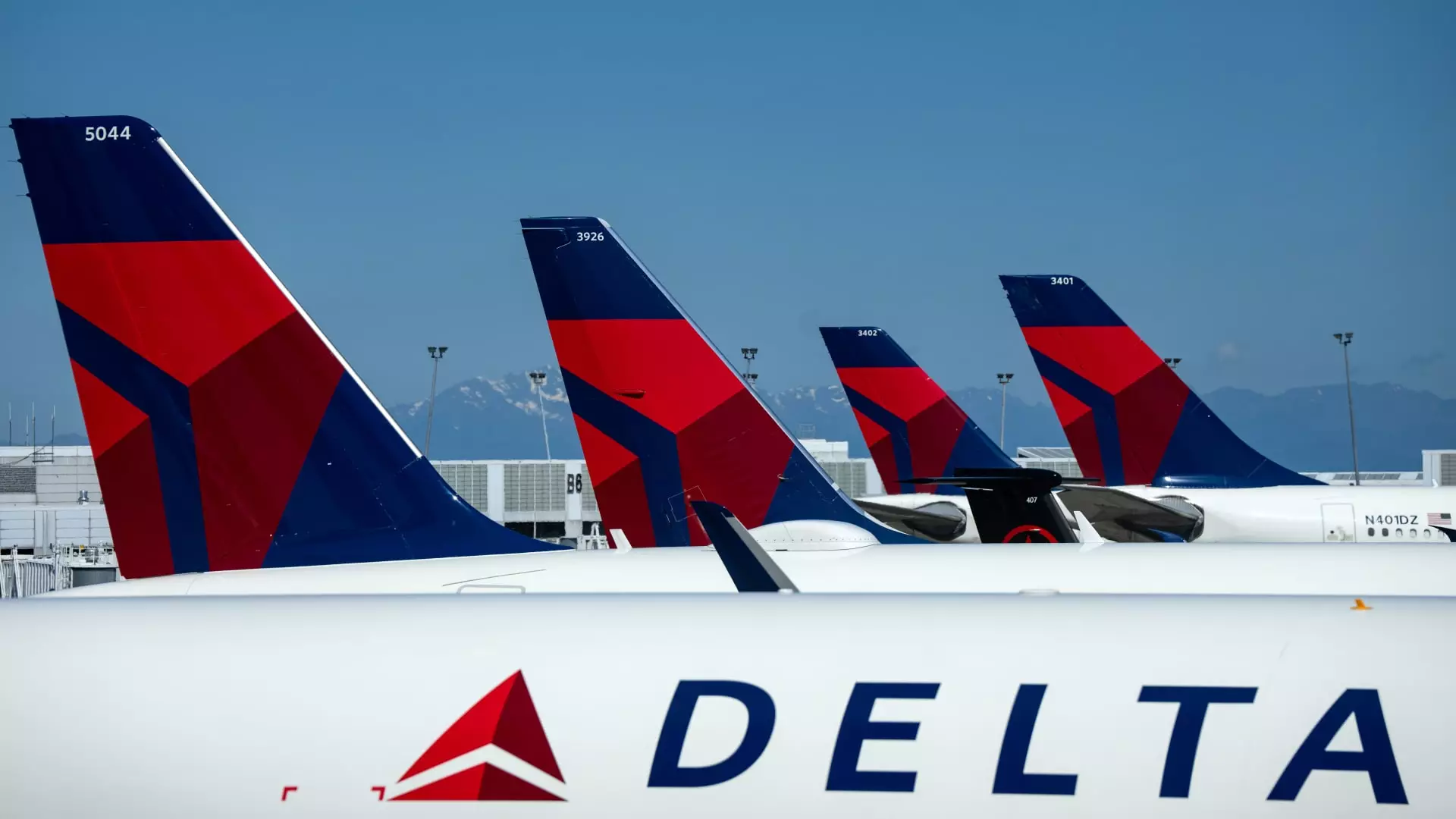The airline industry is undergoing significant fluctuations as it adjusts to changing consumer demands and operational challenges. With airlines reporting stronger unit revenues toward the close of summer, there are key implications for travelers who can expect to pay more for their flights in the coming months. This article examines the recent shifts in airline profitability, the impact of operational disruptions, and the strategic responses from carriers.
A notable sign of recovery within the airline industry is Alaska Airlines’ recent adjustment to its profit forecast. The carrier announced an increase in its third-quarter earnings prediction, estimating profits to be between $2.15 and $2.25 per share—an uptick from a previous ceiling of $1.60. This revised outlook signals a significant improvement in unit revenue, with expectations for an increase of up to 2%. Initially, the airline’s guidance projected a more subdued revenue landscape with flat growth. The increase in profitability is linked to rising consumer demand and operational efficiencies that have pleasantly surprised many industry analysts.
Conversely, Delta Air Lines has reported a more cautious approach, adjusting its expectations for the same period. Although unit revenue is projected to rise year-on-year for September, the airline’s ability to achieve higher profits has been hindered by a recent technology outage. Specifically, the CrowdStrike incident in July forced Delta to cancel approximately 7,000 flights, leading to an anticipated $500 million impact. Despite these challenges, Delta’s leadership remains optimistic, indicating that there isn’t a lasting negative effect on passenger bookings due to the outage.
The technology failures that impacted some airlines provided unintended benefits to others like Alaska Airlines. Following the disruptions, Alaska capitalized on the surge of travelers seeking alternative flights, highlighting an often-overlooked dynamic within the industry: competition within the airline sector can prompt unexpected shifts in revenue. Alaska Airlines noted this boon in their securities filing, suggesting that while capacity has remained consistent, revenue has outperformed expectations significantly due to these unforeseen circumstances.
In contrast, the broader trend of fluctuating airfare prices cannot be ignored. The latest U.S. inflation report highlighted a 3.9% rise in airfare in August, contrasting sharply with the preceding five months of decline. This volatility suggests not only an increase in consumer demand but also hints at a tightening of passenger capacity across flights—a multifactorial issue attributable partly to operational inefficiencies among major airlines.
As airlines grapple with these challenges, they are also pivoting strategies to attract more affluent travelers. Carriers, ranging from legacy airlines to budget options, are enhancing their offerings. This effort is evident in the modifications being made to inflight experiences—ranging from improved meal options and upgraded loyalty programs to enhanced Wi-Fi services. According to United Airlines’ CFO Mike Leskinen, the focus on providing premium products is not only a means of differentiating their service but also a tactical move to widen the competitive gap.
Low-cost carriers like Frontier Airlines also reported a significant turnaround in expectations. Previously anticipating negative margins, Frontier indicated that it may break even in the current quarter due to an increase in demand and strategic adjustments to capacity. This pivot to better-align rates with consumer expectations showcases how swiftly airlines are willing to adapt amidst adversity.
Despite signaling an uptick in certain metrics, the broader labor market dynamics within airlines reveal a contrasting story. Following a significant hiring surge in preceding years, many U.S. airlines are now slowing down or halting new hires due to delayed aircraft deliveries from manufacturers such as Boeing and Airbus. Furthermore, a moderation in post-pandemic travel demand suggests that airlines are adopting a more cautious approach in workforce management.
As the airline industry progresses through the remainder of the year, heightened competition, fluctuating revenues, and dynamic consumer behavior will shape its trajectory. Travelers should remain prepared for a landscape marked by rising costs and evolving service offerings, driven by airlines’ attempts to optimize profitability while navigating operational constraints.

